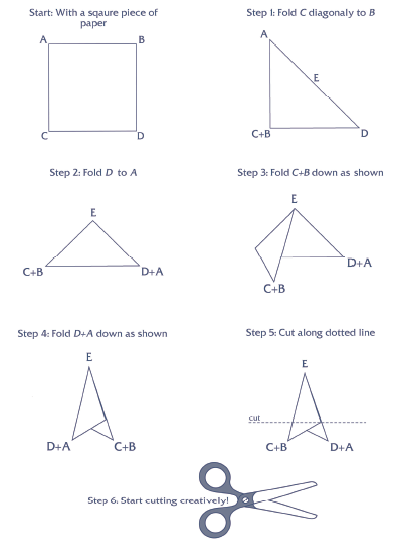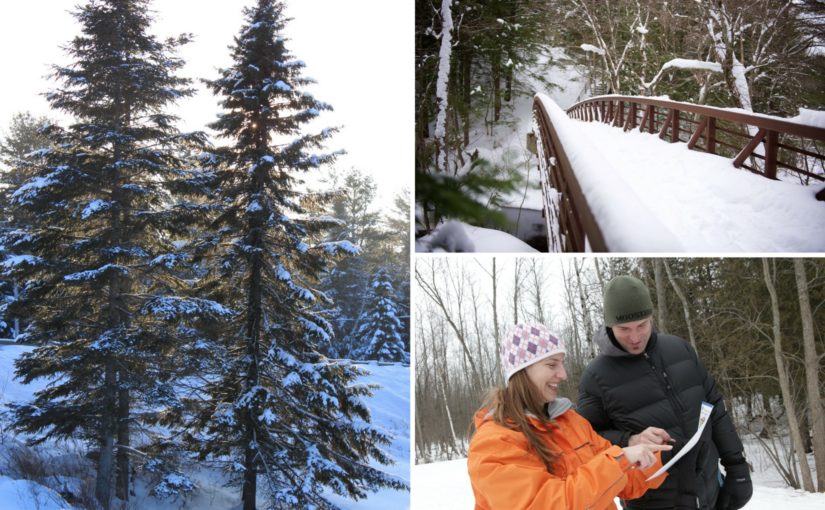Did you know snowflakes come in all shapes and sizes?
Snowflake identification is a fun and easy way to get kids outdoors in the winter, and spark an interest in science.
Why not turn your next winter adventure into a lesson on snowflake identification?
Snowflake identification

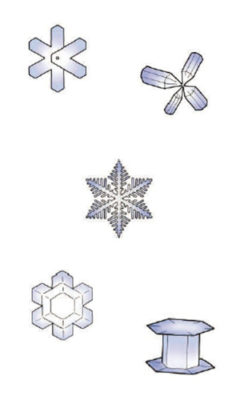
Step one: Watch for fresh falling snow.
Step two: Encourage your friends and family to join you.
Step three: Put on warm winter clothing.
Step four: Head outside.
Step five: Catch falling snowflakes, or scoop up fresh snowflakes from the ground, and place them on a piece of black felt, your mitten, or your sleeve.
Step six: Take a closer look at the snowflakes, using a magnifying glass if you have one, and see if you can identify them using this snowflake identification chart from Snow Crystals.
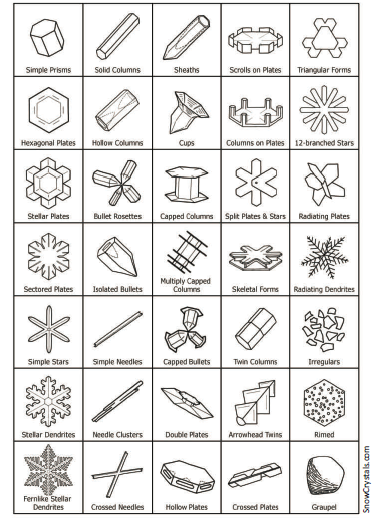
Step seven: Repeat until you’ve ID-ed a range of different snowflakes.
Step eight: Head inside to document your findings, and warm up with
some hot chocolate or your favourite winter treat.
Feeling crafty?
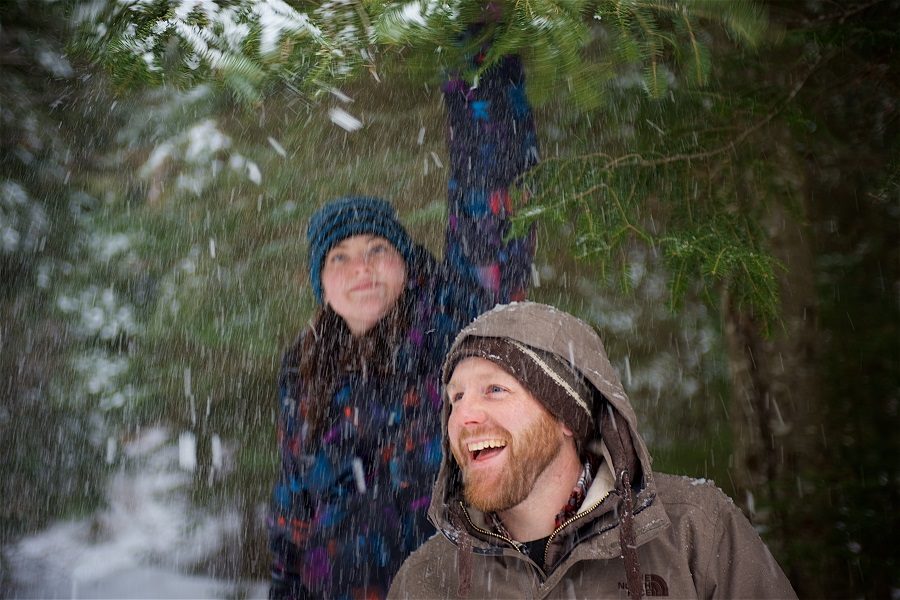
Too snowy to venture outside?
Continue your snowflake identification lesson by creating some paper snowflakes. See how many types of snowflakes you can make!
Here are some simple instructions:
